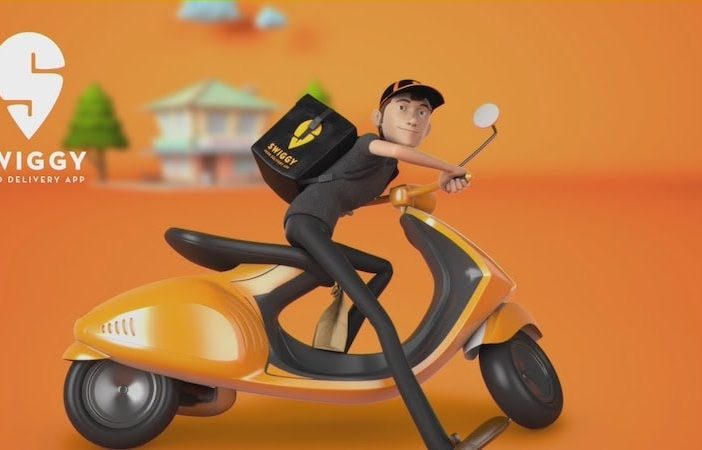
A few years ago, people started to overlook the food delivery industry as many businesses in this industry were facing challenges. However, that has reversed itself and the space has become truly competitive again – just recently, Zomato announced a $150 million funding round from Ant Financial Services, and rival Swiggy revealed it had raised $100 million dollars in its Series F funding round from existing and new investors. .
Besides these two, Foodpanda also had a presence in India, until it was acquired in December by Ola, while rival taxi company Uber expanded its Uber Eats service.
As a customer, it’s easy to view all of these developments as a net good. Lazy gluttons – like this writer – can have a huge range of dishes delivered to their home – open your favorite app and, depending on where you live, you’ll have the details of hundreds of restaurants at your fingertips. Tracking your food as it arrives home is now passé – Swiggy may have started the trend in India, but it has become almost ubiquitous, and following the acquisition of Runnr, even Zomato now offers the feature. So the different apps compete with sophisticated photo shoots, video clips and detailed reviews.
Dissatisfied partners
This new status quo isn’t as good for restaurants, however. Gadgets 360 spoke to a few restaurateurs who were of the opinion that these apps will be a necessity to be discovered by new customers, and that maintaining the partnership requires a lot of effort.
“When I opened my restaurant, we planned that it would be mostly delivery, and we planned for the commissions these guys charge,” a restaurateur from Malviya Nagar, Delhi, who had opened a restaurant told us in Kerala. . “But I hadn’t taken into account that they all have different requirements for things like photos, you have to spend a lot of time and money to get your things done the way they want them. From time to time time, the ordering system is not working properly or a payment is not taking place and it is taking too long to manage.”
Others have complained about high commissions which they say hurt the profitability of each order. A few even try to avoid aggregators altogether. Many are also changing prices for online orders, whether by adding the equivalent of a “packaging fee” or simply increasing prices on delivery menus.
“Our prices are 15% lower if you order directly,” a Bengali restaurant owner told HSR Layout in Bangalore. “But we only deliver to homes in the locality, because our delivery boys go by bike. On the other hand, the guys from Uber and Swiggy come by bike and can therefore go much further.”
![]()
“They say it’s like a marketing cost, and without them I wouldn’t have gotten these orders,” he added. “But if I charge the same rate, I take a loss on that order.”
Customers want more too
It’s not all good for customers either. Rising costs as restaurants adjust their prices to offset commissions aren’t exactly appealing. To deal with this, “food tech” companies are entering the food sector, for better or for worse. As customers, this means more options, so this shouldn’t really be a problem. Unfortunately, more options don’t translate into better options.
You know how sometimes you browse the Netflix catalog for twenty minutes and finally decide not to watch TV? Ordering food has become a bit like that, except then you go from hungry to hungry.
And it’s even worse, thanks to exclusivity agreements. If your favorite burger restaurant is only available on Uber Eats, but the best waffles in your area are only available on Zomato Order, then you’ll be flicking through the different apps for a while, trying to find something good.
In all of this, at least anecdotally, the number of times an order is delayed, or an item goes missing, or the packaging was done poorly and your butter chicken sauce just got mixed in your gulab jamuns continues to increase.
Customers and restaurants alike have reason to be unhappy with delivery platforms. As we return to a competitive environment like that of early 2015, the question that needs to be answered is which of them will be able to deliver on at least one of these fronts.
Tech




